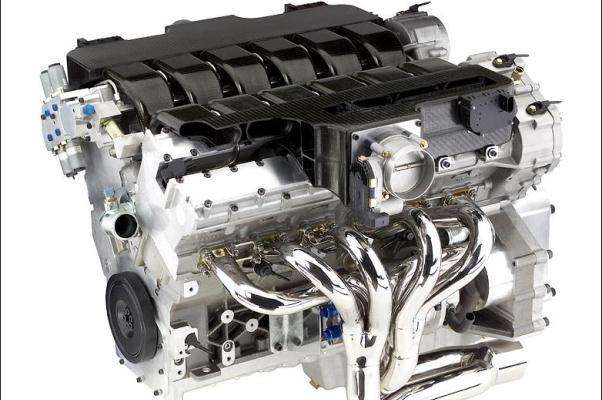MCG exclusive! 2013 NASCAR roll cage | Mac's Motor City Garage
In part the idea is to generate thought and discussion about roll cage design, materials, and fabrication, not necessarily just for NASCAR but for everything using the same sort of tubular construction.
Thanks to Kevin Bryde of Earnhardt Ganassi Racing for providing the photos and other material. Every day I am a little more astounded to learn who is reading MCG. It's a sort of a who's who of the auto world. I will redouble our efforts to deserve it.

Edited by Magoo, 11 September 2012 - 11:07.

















